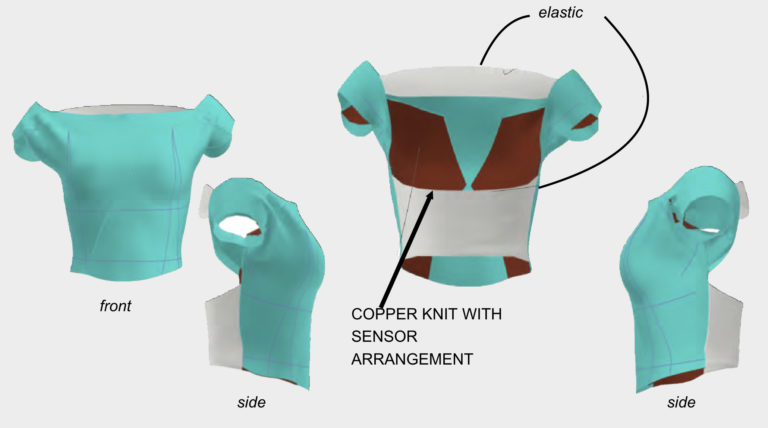More
Purpose/Impact
Breast cancer affects 1 in 8 women in their lifetime. In the U.S., approximately 230,000 women have invasive breast cancer; almost 40,000 die every year. Neoadjuvant chemotherapy [NACT] is widely applied as the standard treatment for patients with newly diagnosed, operable, invasive breast cancer. Optimal response to NACT is achieved in only 15 to 50 percent of women; therefore it is highly desirable to determine early in the treatment, through non-invasive testing, who does and does not respond to NACT, so that different treatment regimens could be pursued.


Outcomes/Accomplishments
The goal of this product is to determine the success of breast cancer treatment early on during the time of care. If markers for breast cancer are evaluated within a few weeks of initiating neoadjuvant treatment, this will help to determine the likelihood of response, different treatment regimens could be pursued early, and the patient could be spared agents that will not benefit their treatment, limiting unnecessary side effects.
The multidisciplinary team behind the project encourages students to engage in critical thinking, experimentation, innovation, and manipulation of materials, which are overlapping educational outcomes in science and design. Students are learning to apply teamwork in this real-world scenario as they collaborate with peers and specialists, as is required in the cross-disciplinary development of a medical garment aimed at a specific target population.
STATUS UPDATE
As of spring 2020, the funds were awarded to FIT from the Hearst Foundations to pursue the aforementioned research. By employing recent advances in wearable technology, conductive textiles, and new materials for flexible circuits, the research team proposed to develop low-cost, wearable technology that would allow patients to perform the imaging themselves in the privacy of their homes. The envisioned system would be entirely self-contained, with power sources and emitters that would send the data to a cloud-based server. With progress made on the second generation W-DOTIS in the spring 2021 semester, the team is preparing to be ready for testing in June 2021.



